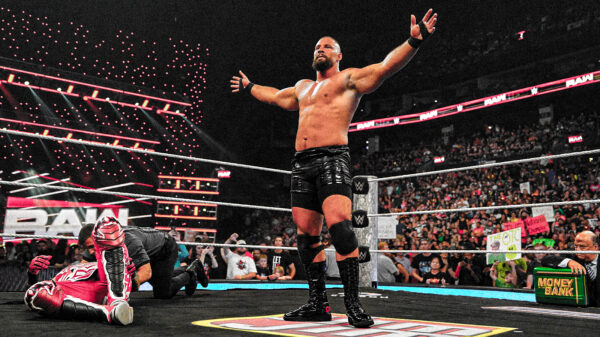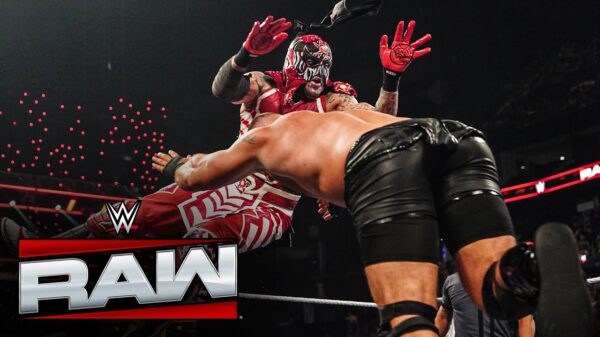Have you seen www.atooltodeceiveandslaughter.com yet? If not, you need to check it out right now.
The short version is, this is an art piece that sells itself on eBay every week. You buy it, you plug it in, and you send it to the next owner in short order. The machine comes with a contract that legally requires you do this. The long version? Man, what a brilliant hustle. The artist gets 15% of each sale, meaning he’s not only created an existentialist piece that provides commentary on the concept of ownership and art (or whatever philosophical statement you want to derive from it), but he’s created a revenue machine. The owner plugs it in, and it sends the artist a nice check each week by design.
Now, if an artist can figure this out, why is it that so many entertainment companies can’t do the same?
I’ve dealt with enough executives in my career to know that if you got your marketing or business degree in the 80s or 90s and haven’t bothered to keep up with the times, you’re going to be tied to the archaic revenue model you spent all that time and money learning while getting your MBA. Create widget, market widget, sell widget, profit. Make more widgets, repeat ad nauseam.
That should work great, right? It has for decades. But here’s where the old widget model fails in 2010:
First, it’s not enough to just sell an item and be done with it. If you’re conceptualizing a product today, the absolute, #1 question you need to ask yourself is, “How can I design this to provide me with perpetual revenue?” Granted, this doesn’t apply to all items: I don’t think my toaster oven or hallway lamp are going to be able to demand more of my cash. But when we’re talking entertainment products and properties that can connect to online services, why wouldn’t you design a model from the start that is geared towards constantly producing more money past the initial purchase?
And this is where the second point comes in: it’s all about the quality of the experience that comes with the product. If the product gives the customer a great experience, one that is consistently exciting and new, then you can always charge an extra premium for new, better, stronger experiences. In the digital age, this is going to be the number one hallmark of successful entertainment moving forward, because the actual tangible items you’re selling aren’t what matters: they’re merely the medium through which you provide that experience, which at the end of the day is truly the “product” you’re selling. And if it can provide emotional value to the consumer, they’ll keep coming back for more.
For one example, look at downloadable Rock Band games. If Rock Band was tied to old revenue models, people would buy it, play it, and be done with it. The customer gets his hours of enjoyment, Harmonix, MTV Games and EA get back some revenue for their development trouble, and we part ways until the next release comes out.
But the revenue model is smarter than that. Your console is plugged into the internet, and no deception or slaughter is needed here: new songs are constantly released, and with a few movements of your D-Pad and buttons, your bank account is charged and you now have new content to enjoy. The manufacturers have ensured that the console you have in your living room is constantly providing them with revenue through the year, and because the experience is worth it, gamers don’t think twice about making the purchase.
So if some artist can make this work, why aren’t more companies taking similar steps? If you think your relationship with the customer ends after they make their purchase and bring the item home, you’re sadly mistaken. Not even in an altruistic sense, but on a level of greed alone. They’re bringing something into their home. Make sure it keeps giving you money.
You can click here to contact Toby on LinkedIn, and follow him at twitter.com/revtoby.
=============================
Toby Wachter is an expert in digital world, having worked in online content, marketing, and branding for the past ten years. His top shelf focus on sports, entertainment, and competitive gaming products has afforded him the notoriety of having marketed, promoted and covered games and their million dollar tournaments around the world. Aside from globetrotting, Toby has created fresh marketing concepts for new intellectual properties, and managed major content websites. And yes, he’s worked in professional wrestling too. But let’s not go there.
In his spare time, Toby enjoys playing armchair GM with his New York Mets, armchair booker like the rest of the internet, and soaking up the comforts of sunny San Diego.
TONIGHT’S MEDIA WATCH IS BROUGHT TO YOU
IN SPECTACULAR HUSTLEVISION!
OF COURSE, THIS WILL BECOME OBSOLETE
IN ONLY A FEW SHORT YEARS
WHEN IT’S REPLACED BY SOMETHING ELSE.
WHILE YOU WAIT FOR THAT TO HAPPEN
PICK A PIC AND CLICK
 |
 |
 |
 |
 |
 |
 |
 |
 |
 |
 |
 |
 |
 |
 |










